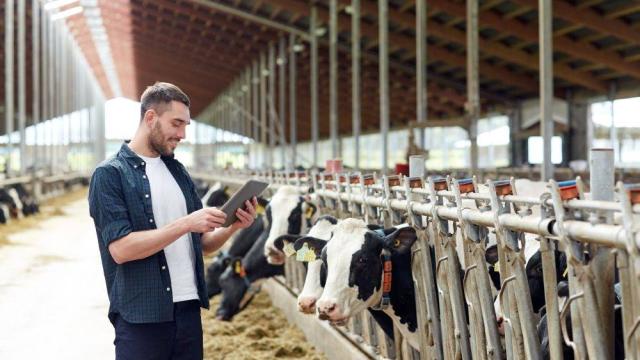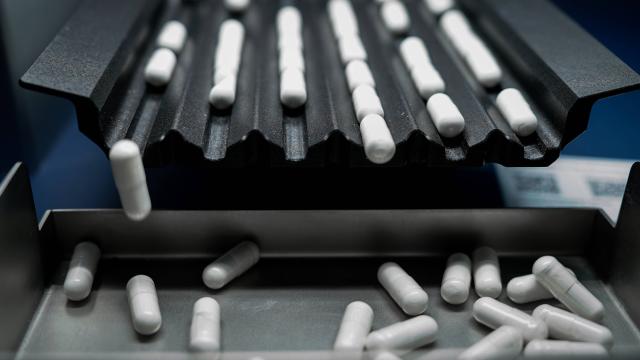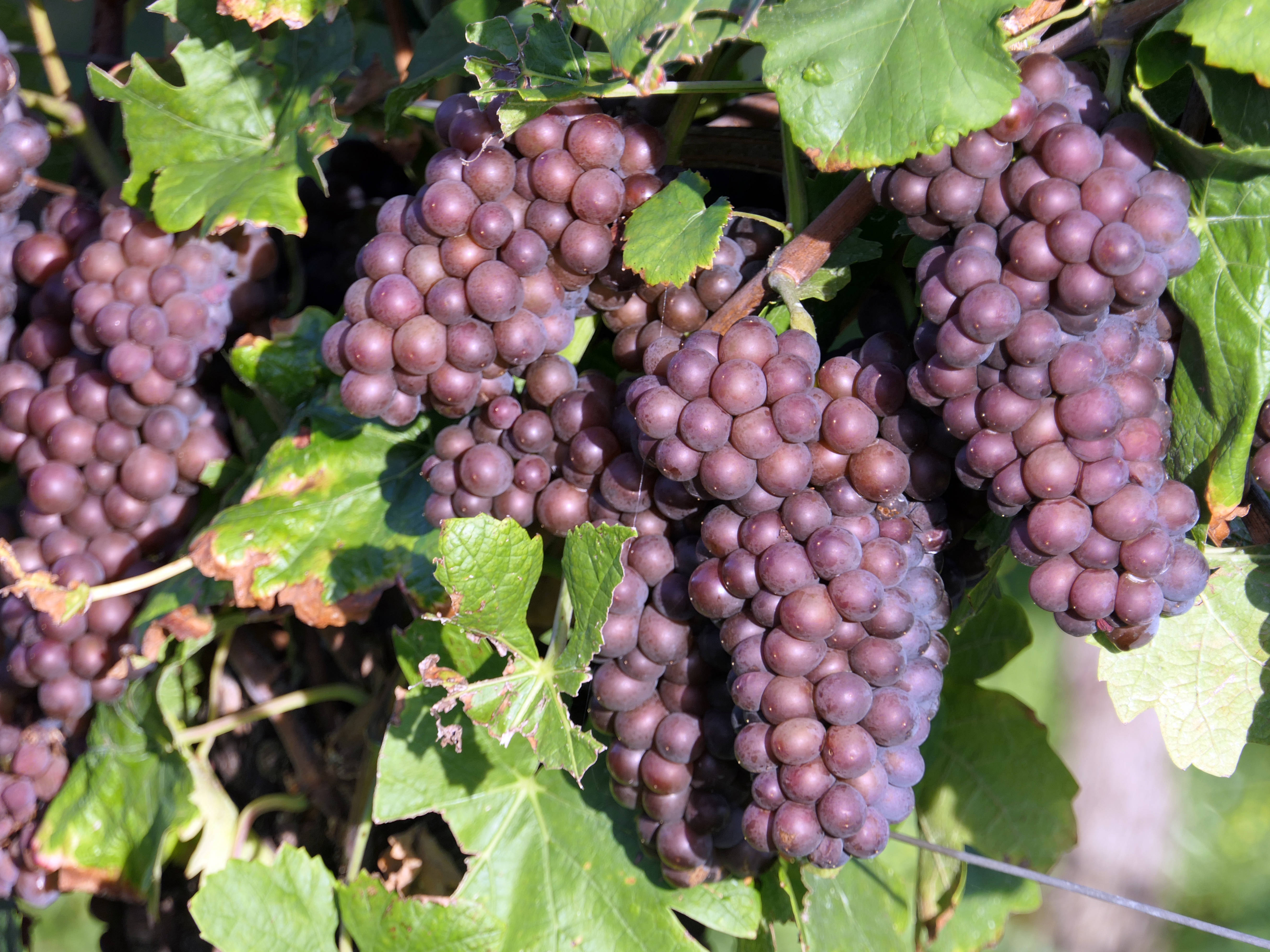

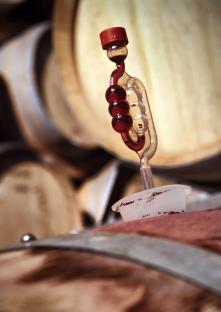
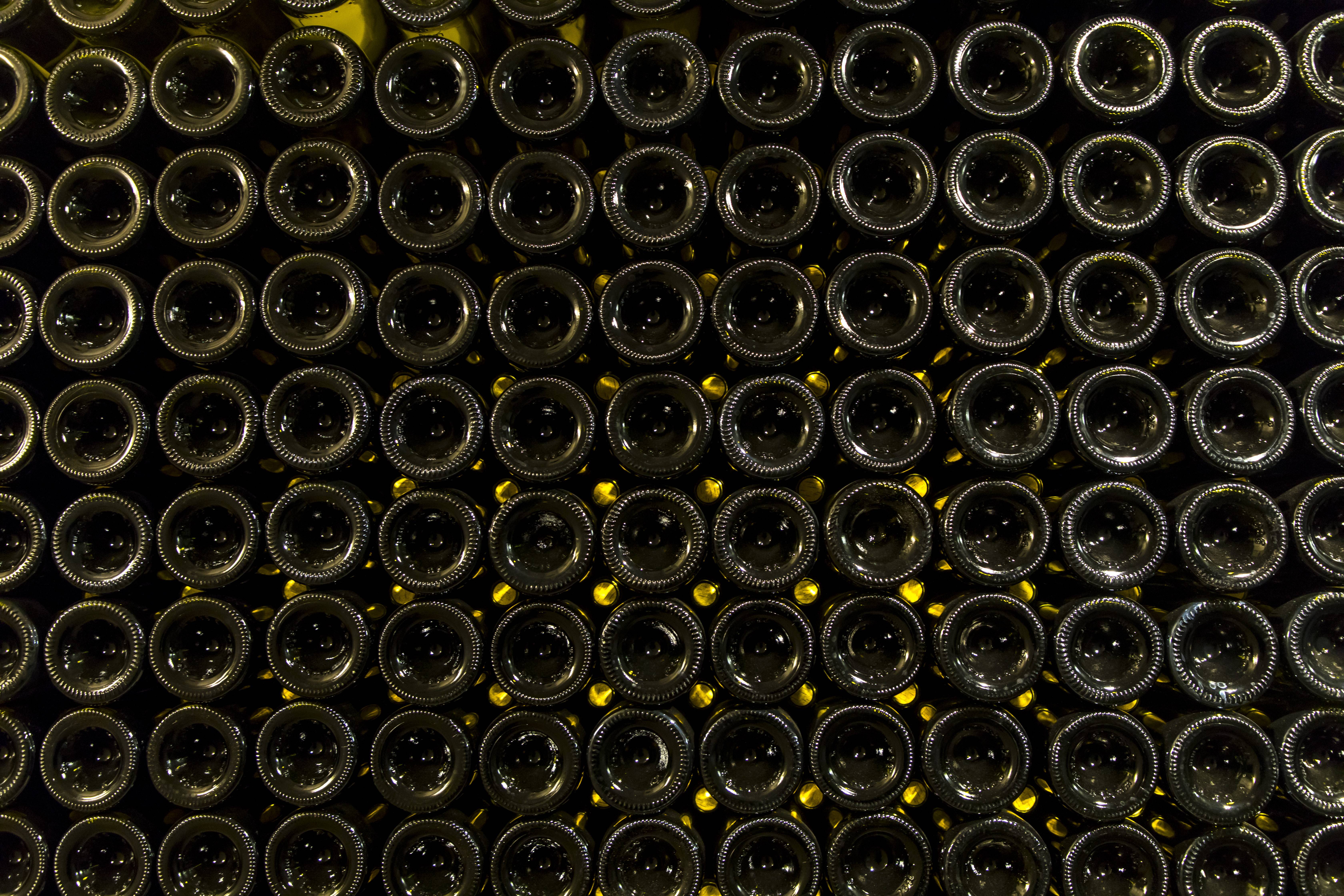
A bioreactor for the wine cellar
When grape must fails to ferment in the cellar, it can be a nightmare for winemakers. Alcoholic fermentation – where yeast converts the sugar in grapes into alcohol – is a crucial step in determining the quality of the final product. "If this process does not run correctly or stops prematurely, i.e. if fermentation stalls, the taste and quality of the wine suffer. In the worst case, hundreds of litres are undrinkable," says Elisa Jekel Könnel. The doctoral student in the Department of Bioprocess Engineering (BioVT) uses her scientific expertise to help small wineries improve the biotechnological processes involved in wine production.
The main focus is on finding out how wine yeasts can be prepared in such a way that they work reliably in the fermentation process. During the grape harvest in late summer, she regularly visits wineries in Edenkoben and other locations in the Southern Palatinate and knows exactly what tangible problems currently troubling smaller family businesses are.
From wild yeast to high-performance yeast
"In the past, fermentation was traditionally triggered by 'wild' yeasts," explains Jekel Könnel. "These come from the vineyard environment and are found, for example, on the skins of the grapes or directly in the wine cellar." Although such natural yeasts can contribute to the typical aromas of a particular terroir, the fermentation process is difficult to control.
Today, large producers in particular often rely on standardised, pre-produced starter cultures and pure yeasts from the laboratory, including professional quality control, reports the doctoral student. Most smaller wineries now also purchase these pure yeasts in the form of active dry yeast. But these also have their pitfalls: "The rehydration process of dry yeast, in which the yeast culture is revived in lukewarm water, does not always proceed optimally. It is not always activated as the winemaker would like, and this can have negative effects on the subsequent fermentation of the wine. This is a risk factor for the businesses. However, smaller estates often lack the time and resources to cultivate their own vital yeasts."
Climate change reaches into the cellar
Added to this is climate change, which is increasing the pressure on businesses. "As the climate changes, so does the composition of the grapes and thus the grape must," says Janik Haffelder. He is also a doctoral student in bioprocess engineering and works closely with Jekel Könnel. Haffelder is researching the effects of climate change on the biochemical composition of grapes and what this means for yeast fermentation. His focus is on robust yeast strains that can withstand new conditions.
The young scientist describes a phenomenon that winegrowers are increasingly having to deal with: "There is more sugar in the grapes. As a result, fermentation no longer works as usual because the yeasts cannot cope with the higher sugar concentrations. The process no longer runs its full course and sugar remains in the end product. This is obviously bad if you want to make a dry wine." Climate change is also altering the nitrogen content in grapes. Too little nitrogen also jeopardises the fermentation process. "Yeast needs sufficient nitrogen to work reliably," explains Haffelder.
A simple and clever system
The two scientists' project is called EFMoST. The acronym stands for 'Development of a fed-batch method for the optimal propagation of Saccharomyces cerevisiae for the fermentation of grape must'. Put simply, it is a biotechnological process in which wine yeasts are not added directly to the grape must, but are first supplied with oxygen in stages so that they grow in a controlled, vigorous and vital manner, guaranteeing successful subsequent fermentation of the grape must with this culture of fresh yeasts.
The core of the project is the development of a bioreactor: a simple device form of a container with a agitator that winemakers can use on site at their own wineries to reliably prepare fresh yeasts for fermentation without incurring high costs. The project, which is funded by the Landwirtschaftliche Rentenbank, also draws on expertise from the University of Hohenheim. Researchers at the university's Institute of Food Science and Biotechnology are analysing how the various yeast treatments tested by Jekel Könnel and Haffelder affect the taste and smell of the end product. After all, all the optimisations are pointless if the wine doesn't taste good afterwards.
Gasification using ceramic discs
"The key feature of our system is that the yeast is gassed using special porous ceramic discs," explains Jekel Könnel. Simple but reliable sensor and control technology makes it possible to monitor and control the most important parameters: temperature, pH value, gas supply and concentration of dissolved oxygen, stirrer speed and foam formation. An exhaust gas analysis measures whether and how much unwanted ethanol is formed; the addition of a sugar solution to increase the yeast cells can be regulated accordingly. "The design is deliberately kept simple so that small-scale producers can also use it," says Jekel Könnel. "Our goal is for winemakers to be able to feed their yeast themselves, but under controlled conditions; a practical system that provides security and does not require expensive laboratory equipment or extensive prior knowledge."
Development with practice for practice
The project thrives on exchange with those it affects. The basic idea of testing ceramic discs for gasification was brought to the researchers by a winemaker. Werner Lauth from the Edenkoben-based Lauth & Sohn winery had been working on ways to prevent sluggish fermentation for some time and developed this project idea in the process.
"Practical know-how is extremely important to us," says Haffelder. "Only when we understand how and under what conditions the work is done can we develop a solution that really fits and, above all, is easy to use. After all, the processes at a winery have little in common with everyday laboratory work at a university."
Initial fermentation trials with must from the Laut & Sohn winery have been promising. The next step, which is a crucial phase, will be to use the system under real conditions during the 2020 grape harvest. Jekel Könnel will then set up and monitor the system at the winery together with the project partners under real conditions in practical operation. "There is a lot of interest in a working prototype," she reports. "The demand is there. And we see an opportunity for our project to contribute to a working and affordable solution for many small wineries."


Want to dive deeper into the research topic?
Then take a look at the following scientific publications:
Pfister, Christian; Brönnimann, Stefan; Altwegg, Andres; Brázdil, Rudolf; Litzenburger, Laurent; Lorusso, Daniele; Pliemon, Thomas (2024): 600 years of wine must quality and April to August temperatures in western Europe 1420–2019. In: Clim. Past 20 (6), S. 1387–1399. DOI: 10.5194/cp-20-1387-2024.
>> GO TO PAPER
Sarah Di Nonno, Roland Ulber; Portable photometric measurements in wine analysis - Improving quality and competitiveness; Wiley Analytical Science (2024); online only
>> VIEW PUBLICATION
M. Hensel, S. Di Nonno, Y Mayer, M. Scheiermann, J. Fahrer, D. Durner, R. Ulber; Specification and Simplification of analytical methods to determine Wine Color; Processes (2022) 10, 2707. https://doi.org/10.3390/pr10122707
>> READ PAPER
Adelsheim, David; Busch, Clemens; Catena, Laura; Champy, Boris; Coetzee, Jan; Coia, Lawrence et al. (2016): Climate Change: Field Reports from Leading Winemakers. In: J Wine Econ 11 (1), S. 5–47. DOI: 10.1017/jwe.2016.4.
>> VIEW ARTICLE
Bock, Anna; Sparks, Tim H.; Estrella, Nicole; Menzel, Annette (2013): Climate-induced changes in grapevine yield and must sugar content in Franconia (Germany) between 1805 and 2010. In: PloS one 8 (7), e69015. DOI: 10.1371/journal.pone.0069015.
>> READ PUBLICATION

These topics might also interest you:

